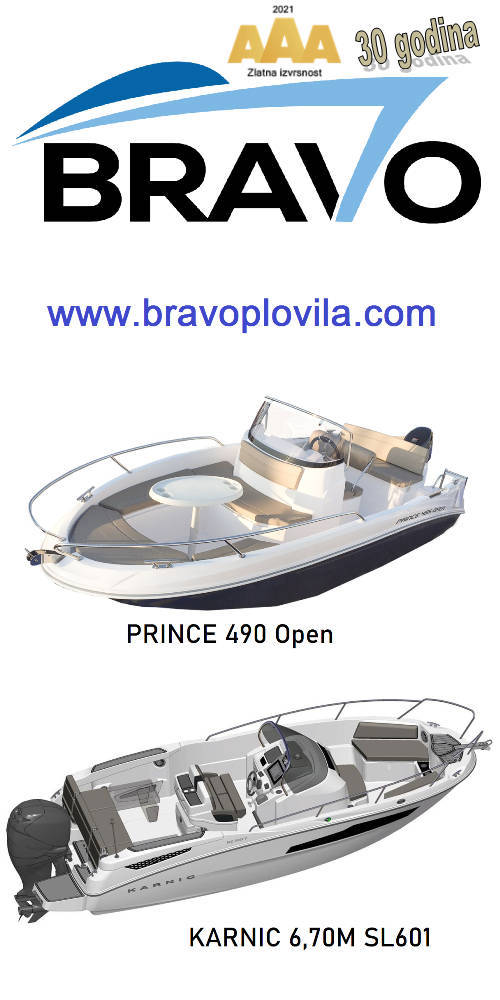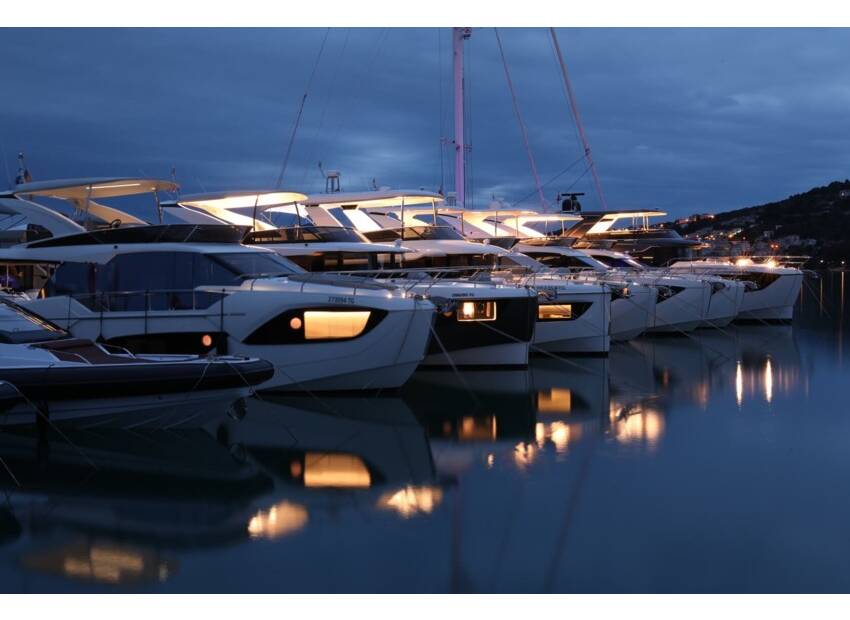Non-breaking seas
Inexperienced mariners need to understand that in non-breakings seas, water doesn´t move horizontally. It moves vertically. There is no horizontal displacement of the water in a non-breaking wave. If you look at a single molecule of water in a wave, the water molecule moves up and down in a trochoidal pattern rather than moving in a horizontal direction. In non-breaking waves, the water molecules are riding an elevator up and down as the energy wave passes through the sea. When you watch the oncoming waves in a storm, it´s not water that is coming toward you, it´s an energy wave that´s moving in your direction. The water molecules are just moving up and down, whereas, the energy wave is moving toward you at 20 - 25 knots. As long as you don´t couple all that energy to your yacht, the energy will pass harmlessly under your hull. But if you start sailing and decide to surf down the front of the energy wave, then you can couple large amounts of wave energy to your yacht and it can even reach dangerous levels that can cause you to broach. In non-breaking seas, if you don´t couple into the energy wave, you will do fine.
In non-breaking seas, there is no excuse for getting into trouble. If you get hurt, it´s because you have made bad choices that allowed your yacht to couple into the energy of the non-breaking seas. You are guilty of pilot error and any damage that you sustain was preventable.
Breaking seas
Breaking seas are an entirely different story. There is horizontal displacement of tons of water heading straight for your yacht. When all that water hits your yacht, it transfers massive amounts of energy to your hull, and if you can´t dissipate that energy in a safe manner, big problems will happen.
To deal with breaking seas, you must prevent or minimize the energy couple between the seas and your yacht. That´s where parachutes and series drogues can save you. They can keep your kinetic energy at close to zero and decouple the energy of the seas from your yacht.
Parachutes essentially stop your yacht and reduce the kinetic energy of your yacht to zero. Parachutes also keep the bow of your yacht into the seas (easily done in a catamaran) and this reduces the coupling of storm´s energy to your yacht as well. The bows present a small surface area to the sea and makes it more difficult for seas to transfer their energy to your boat.
A series drogue will slow you down to a few knots, and if a massive wave strike happens, it will hopefully keep your kinetic energy at safe levels.
Breaking seas are dangerous, and only good seamanship will get you safely through a storm with large breaking waves. When the breaking seas get really big, you better have your parachute in the water or be towing a powerful drogue behind your yacht.
Stay out of black holes where people get hurt year after year
People frequently and predictably get hurt in "black holes" every year. These places include the Agulhas current in the Mozambique Channel, the Agulhas Plateau, the Gulf Stream, the no mans land between New Zealand and the South Pacific, and the Tasman Sea. These and other black holes can swallow you up without a trace. If your boat and crew are not up to sailing through black holes, don´t go there. You can sail all the way around the world in the trade winds without sailing into any black holes if you go up the Red Sea.
Dealing with black holes
1. You need to have a working engine in good condition to push the odds in your favor.
2. You need lots of fuel.
3. Synchronize with a weather window.
4. Turn around, hold position, or alter course if conditions are deteriorating.
5. Stay to one side of any storm coming your way.
6. Have drogues and parachutes prepared ahead of time and ready to go.
Two times I sailed through black holes from Fiji to New Zealand. Both times I had a good trip because I left Fiji on the back side of a low, and then I motor sailed through the oncoming high






















